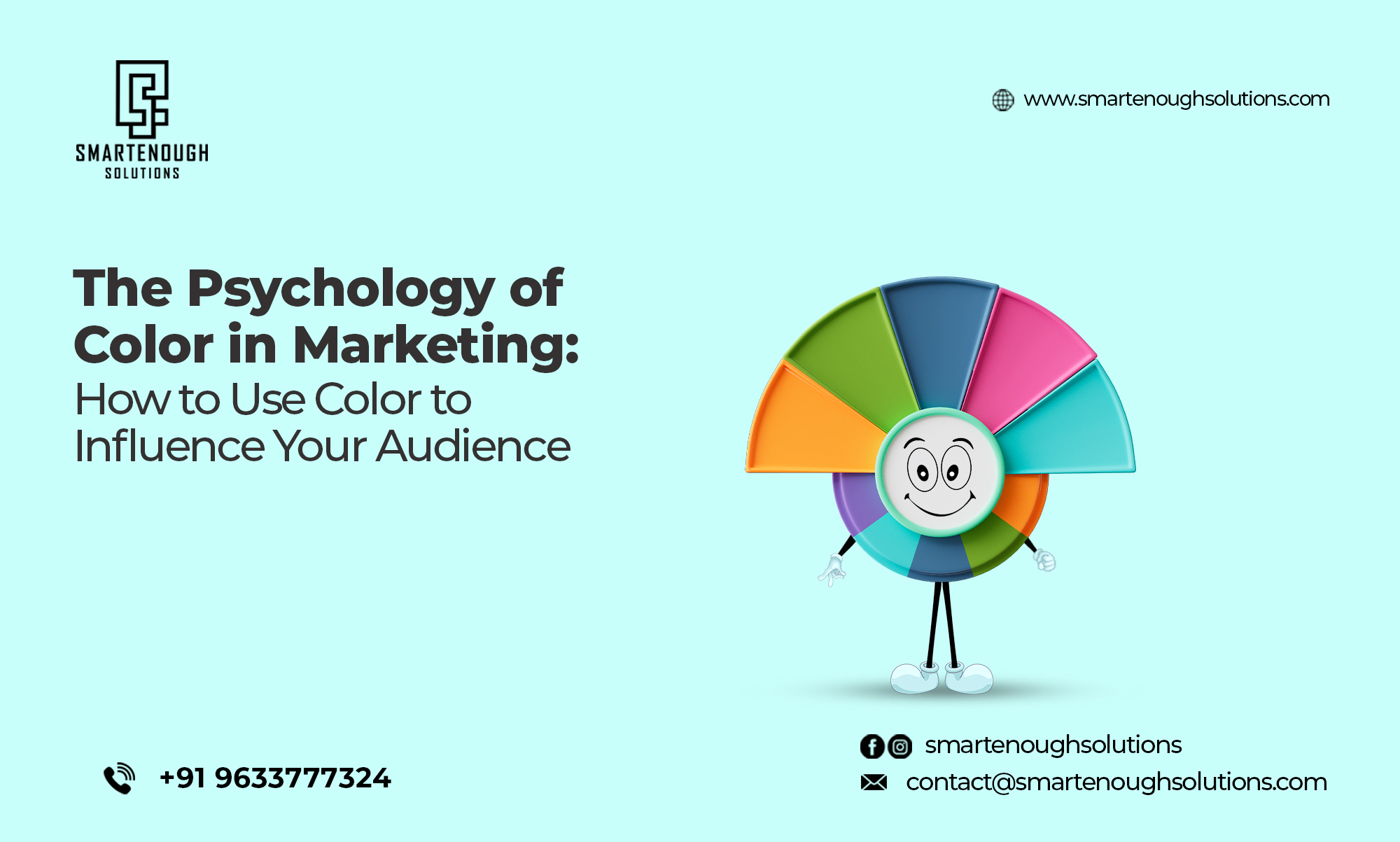
The Psychology of Color in Marketing: How to Use Color to Influence Your Audience
The Psychology of Color in Marketing: How to Use Color to Influence Your Audience
Utilizing the psychology of color in marketing allows you to harness the power of colors to influence the emotions, perceptions, and actions of your target audience. By employing colors strategically, you can enhance brand recognition, evoke specific emotions, and even sway purchasing decisions. Here are some guidelines on using color to influence your audience in marketing effectively:
Comprehend Color Associations:
Colors possess cultural and psychological associations that can vary across demographics and contexts. For instance:
- Red: Creates excitement, passion, and a sense of urgency; often stimulates appetite.
- Blue: Evokes trust, reliability, and a calm atmosphere.
- Green: Symbolizes nature, growth, and health; frequently used for eco-friendly or organic products.
- Yellow: Represents happiness, and optimism, and grabs attention.
- Purple: Often associated with luxury, royalty, and creativity.
- Orange: Signifies energy, and enthusiasm, and can create a sense of urgency.
- Black: Symbolizes sophistication, power, and authority.
- White: Represents purity, simplicity, and cleanliness.
Tailor to Your Audience:
Consider your target audience’s preferences, cultural backgrounds, and specific circumstances. Colors can hold different meanings and significance in diverse cultures, so it is vital to grasp your audience’s cultural sensitivities. Furthermore, gender stereotypes and individual preferences can influence color perceptions. Customize your color choices accordingly.
Maintain Brand Identity and Consistency:
Choose colors that align with your brand’s personality and core values. Consistency in color usage across various marketing materials, such as logos, websites, packaging, and advertisements, helps reinforce brand recognition and establish a strong identity.
Optimal Color Combinations:
Incorporate color combinations that create visual harmony and effectively convey your desired message. Complementary colors, such as blue and orange or purple and yellow, can generate a striking contrast. Analogous colors, like shades of blue and green, offer a more harmonious and soothing effect. Experiment with different combinations to find the right balance for your brand.
Highlight Calls to Action:
Utilize contrasting colors to draw attention to your marketing materials’ calls to action (CTAs) and important elements. By making key buttons or text stand out, you can guide your audience’s attention and encourage them to take the desired action.
Context and Appropriateness:
Consider the context in which your marketing materials will be displayed. Different color palettes may be more suitable for specific industries or product categories. For instance, vibrant and energetic colors might be appropriate for a youth-oriented brand, while muted and sophisticated colors may be more fitting for luxury products.
Test and Adapt:
Conduct A/B testing to evaluate the impact of different color schemes on your audience’s response and behavior. Analyze the data and adapt your color choices based on the outcomes, continuously optimizing your marketing efforts.
Remember that the psychology of color in marketing is not an exact science and individual preferences and experiences still play a significant role. However, by understanding general color associations and employing colors strategically, you can effectively influence your audience’s perception and create a strong brand presence.

